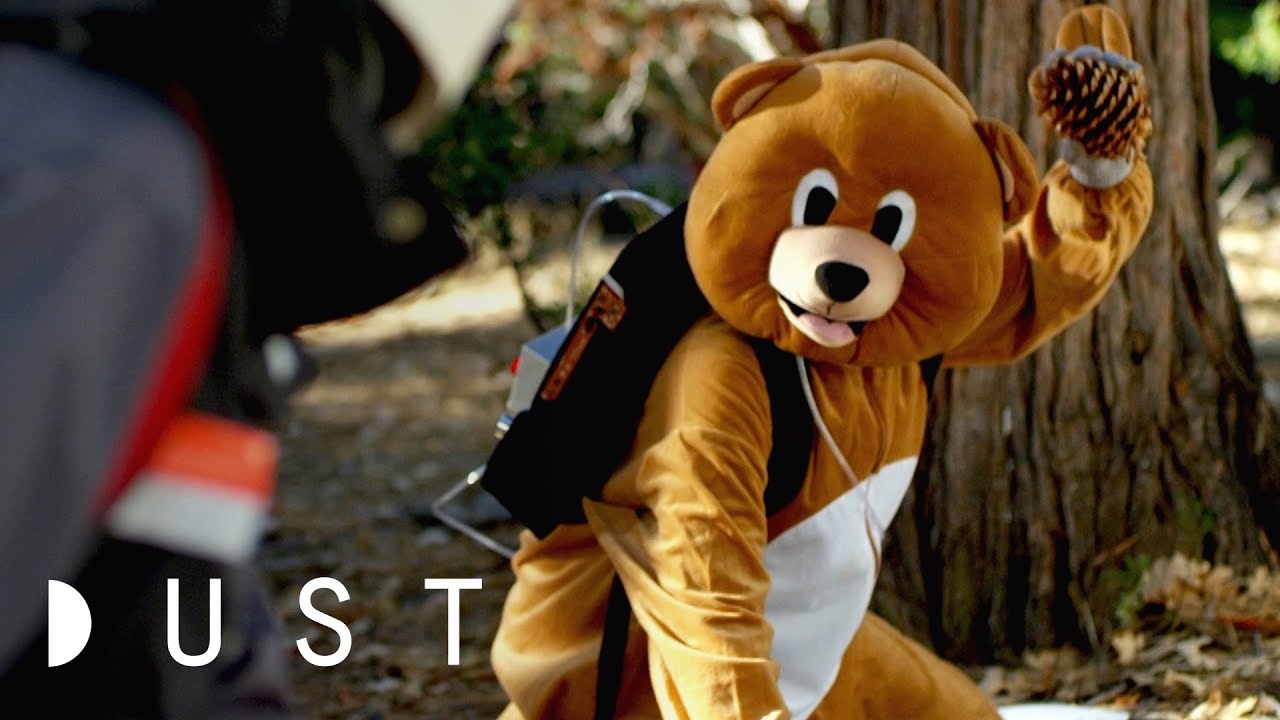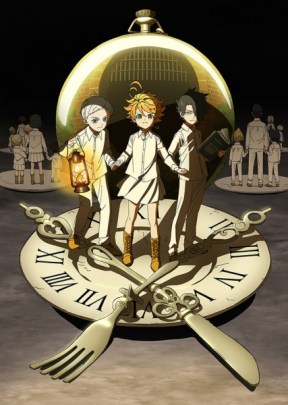I have been trying to write this article since the year began. With the news released today that Guillermo del Toro’s stop motion animated masterpiece Pinocchio is nominated for best animated film, I felt like I should give it another try.
I feel that Pinocchio is certain to win the coveted Oscar. In fact, I thought the film should have been nominated for Best Picture, period, never mind the animated. It certainly deserves it more than some of the other pictures nominated in that category (which I will not name at this time).
But first a little bit about the art and technique of stop motion.
One frame at a time. That’s how stop motion is done. It takes an understanding of motion pictures, a keen sense of how things move and, of course, patience.
There is something intrinsically hand-crafted about stop motion animation. No matter what kind of technical tricks you employ, be it green-screen or digital enhancements, the essence of the stop motion process involves the craftsman’s hands.
 The motion picture gives the illusion of life by capturing a performer’s movements in a series of still photographs which, when projected at 24 frames per second, recreates that movement on a flickering screen. How clever it was, for some filmmaker to realize the potential of reversing that process. Expose a single frame of your film, move your performer — in this case an articulated puppet — just slightly, then expose another frame. Repeat process.
The motion picture gives the illusion of life by capturing a performer’s movements in a series of still photographs which, when projected at 24 frames per second, recreates that movement on a flickering screen. How clever it was, for some filmmaker to realize the potential of reversing that process. Expose a single frame of your film, move your performer — in this case an articulated puppet — just slightly, then expose another frame. Repeat process.
Stop motion has a very long and fascinating history. The very first stop motion film was made in 1898, not long after the motion picture technology was developed. The Humpty Dumpty Circus was a short film made using dolls with jointed limbs to simulate the movements of circus acrobats. Nothing remains of this film today, unfortunately, not even a single frame, but what an impact it must have made on audiences at the time.
What we are certain of is that the stop motion process astounded moviegoers in the early days of Hollywood. The silent movie adaptation of Arthur Conan Doyle’s The Lost World was said to have caused a real stir among moviegoers unfamiliar with the process. Willis O’Brien was the master animator for that film and he went on to create one of the legends of stop-motion animation a few years later in one of RKO’s talking pictures, King Kong.
 O’Brien worked in the special effects department, contributing to many films (including the classic Citizen Kane), but it wasn’t until 1949 that he got another chance to return to the stop motion apes with Mighty Joe Young. That film won O’Brien a special effects Oscar in 1950.
O’Brien worked in the special effects department, contributing to many films (including the classic Citizen Kane), but it wasn’t until 1949 that he got another chance to return to the stop motion apes with Mighty Joe Young. That film won O’Brien a special effects Oscar in 1950.
On that film O’Brien worked with his assistant and protégé, Ray Harryhausen. Harryhausen would go on to acclaim for the stop-motion animation creatures in many monster movies. Eventually he would develop his own films designed to show off the techniques that he perfected, combining live action and animated monsters in a process that his producer partner dubbed “Dynamation” (eventually “Dynarama”) Films such as The Seventh Voyage of Sinbad, The Golden Voyage of Sinbad and Sinbad and the Eye of the Tiger were hits with audiences, particularly with younger viewers.
 I was one of those youngsters in the audience as was the next generation of filmmakers. Harryhausen’s work on those films, and his final film, Clash of the Titans, inspired filmmakers such as Stephen Spielberg, George Lucas, James Cameron and Peter Jackson.
I was one of those youngsters in the audience as was the next generation of filmmakers. Harryhausen’s work on those films, and his final film, Clash of the Titans, inspired filmmakers such as Stephen Spielberg, George Lucas, James Cameron and Peter Jackson.
Sadly, the kind of effects that Harryhausen perfected were eventually supplanted by computer animation. As Monty Python alumnus and film director Terry Gilliam once said, “What we do now digitally with computers, Ray did digitally long before but without computers. Only with his digits.”
 Stop motion animation hasn’t gone away, but the films that feature it have changed. While blockbuster monster movies have CGI effects, stop motion has moved into the quirkier films. Filmmakers like Nick Park with his Wallace and Grommet shorts and features or Tim Burton with The Corpse Bride and The Nightmare Before Christmas.
Stop motion animation hasn’t gone away, but the films that feature it have changed. While blockbuster monster movies have CGI effects, stop motion has moved into the quirkier films. Filmmakers like Nick Park with his Wallace and Grommet shorts and features or Tim Burton with The Corpse Bride and The Nightmare Before Christmas.
And now Guillermo del Toro has produced a film of incredible beauty and emotion. His Pinocchio is as far from the Disney version of the story as one can get. Del Toro is a Mexican director and he wanted to showcase the talents of many Mexican stop motion animators with this film. While the voice cast is international, the story is told from del Toro’s unique perspective. It is at times frightening and yet tender. It is unsettling and yet heartfelt.
And it is one of the few movies that had me sobbing helplessly (even though I watched on Netflix and not in a cinema) with its tale of imperfect fathers and imperfect sons.
And that is truly the magic of stop motion cinema. Mere puppets – armatures surrounded by rubber or clay – artistically and lovingly moved by a master of the craft can provoke emotions in the audience more intense than some of the greatest actors in the world.
The animator puts himself into his work and with stop motion even more so than traditional cel animation. The experience is tactile. There is little between the puppet and the animator’s fingers. The animator is the performer. He or she is the actor, the acrobat and the stuntman all rolled into one.
I could argue that stop motion animation is the most hand-crafted of all motion pictures, but I don’t need to. Just see Guillermo Del Toro’s Pinocchio and you will see it for yourself. Or find a copy of any of Harryhausen’s Sinbad movies, or O’Brien’s Mighty Joe Young or King Kong and you will see their fingerprints… their literal fingerprints… in every frame.
Source: Auto Draft
Source: Auto Draft










